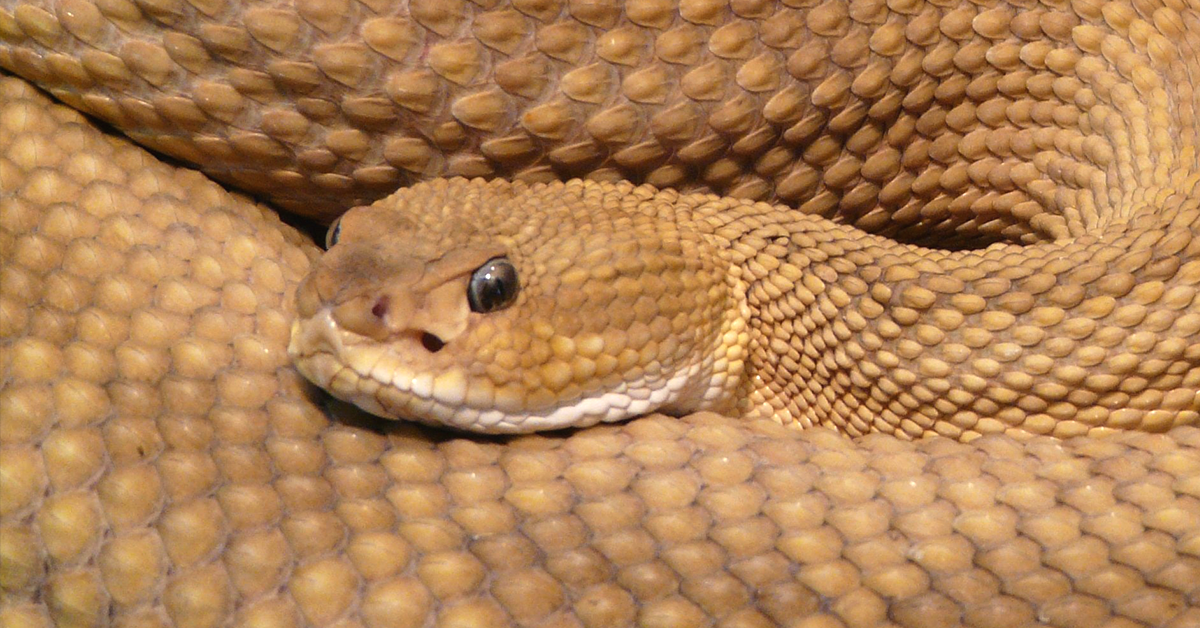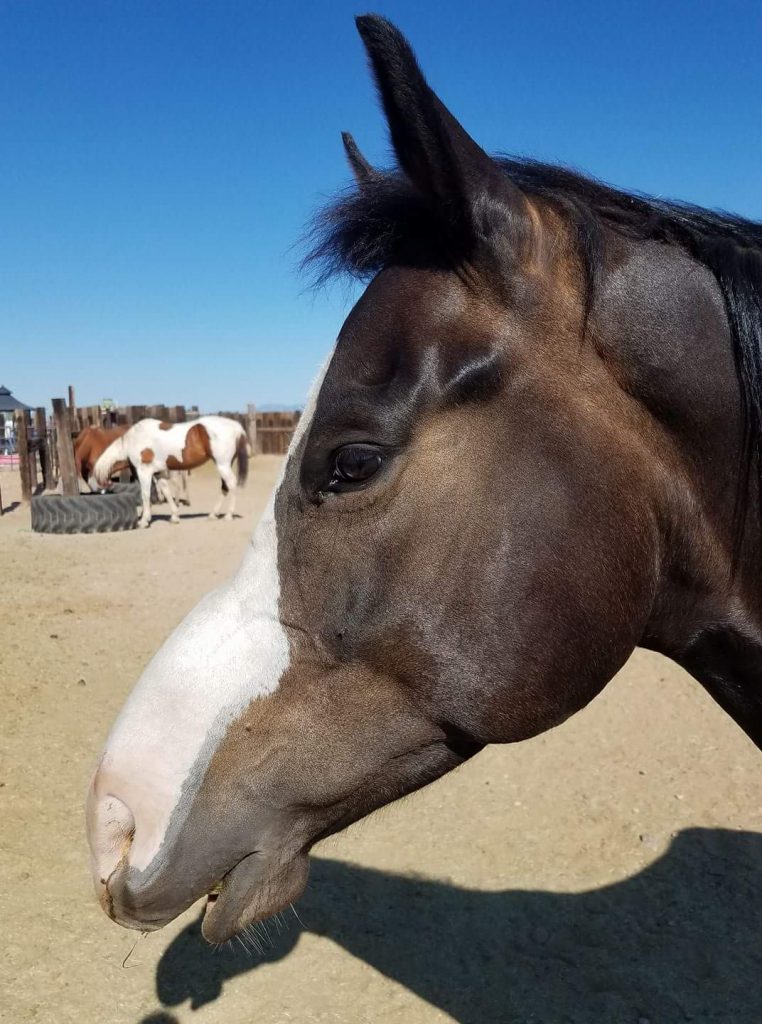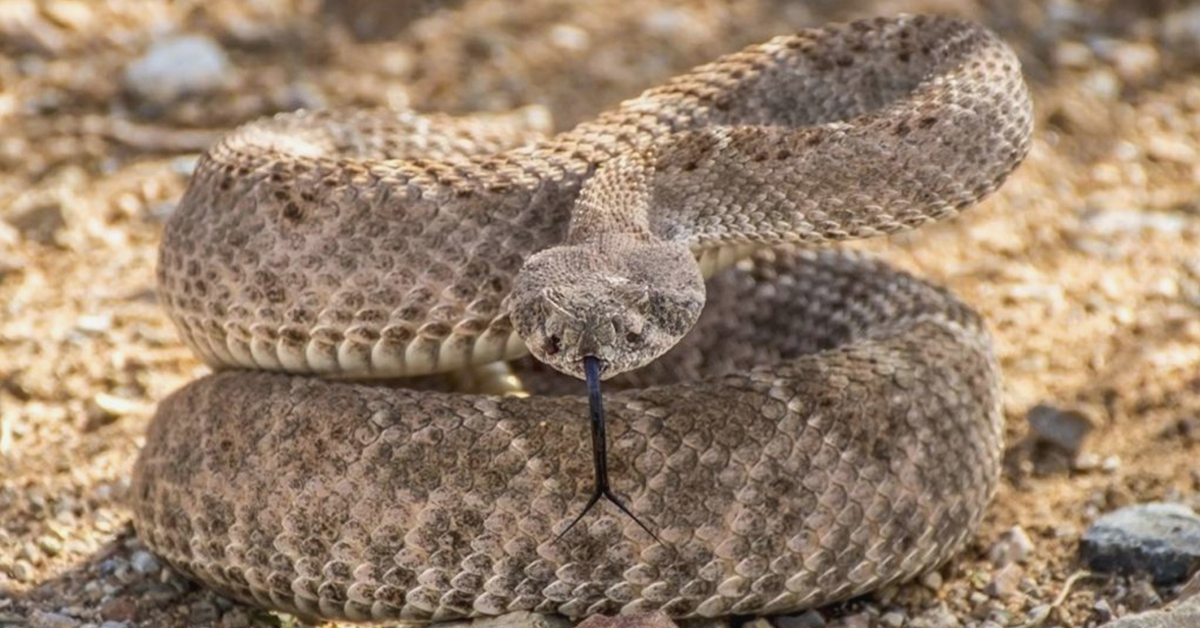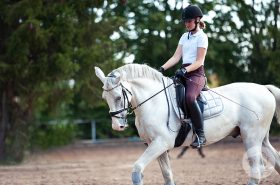Arizona has fairly pleasant weather all year long. Our winters are cold, but not consistently below-freezing temperatures. This means we can still enjoy ourselves outside and our four-legged friends during these months. After winter has passed it’s officially spring. Spring here is this beautiful, brief moment in time before our overbearing summers hit.
Flowers are in bloom, calves and foals are everywhere to be seen, and fly season has not officially started yet! Can I get a hallelujah? Days consist of highs in the mid-eighties and evening lows in the mid to upper forties. Can outside living get any better than this? This lovely spring weather is the perfect recipe for our family’s evening bonfires, weekend camping trips, and warm rides on our equine family members!

Springtime does have this one horrendous downfall though. The only thing on the collision course with the warming, alluring weather is the rattlesnake; one of the biggest threats to horses living in Arizona. A rattlesnake can take down a perfectly healthy horse at the top of his game in a matter of minutes.
What I’m about to say is strictly based on my knowledge and experience on the subject. In the spring of 2016, my youngest gelding was struck twice on the nose in the early morning. I went outside for our normal morning feeding when I saw him sitting back, practically like a dog; his head was held high and thrashing back and forth. I knew instantly what had happened to my curious youngster.

Here are a few tips I’ve learned along the way living in the Arizona desert:
- The majority of rattlesnake bites take place on the horse’s nose. Horses by nature are very curious animals. They are usually grazing when they stumbled upon this frightened serpent, leaving their noses to be the first thing the sake touches.
- The younger horses are the ones who commonly end up getting a rattlesnake smooch. I say younger because they are the more curious, more adventurous ones in the herd. When the sound of a warning rattle goes off the elders know what this means. It has either happened to them in their younger days or they have seen firsthand what it can do; with age comes knowledge!
- There are two different types of common rattlesnakes we deal with in the Arizona desert. The Diamondback rattlesnake and the Mojave rattlesnake. The Mojave resembles the Diamondback except Mojave has a greenish tinge in its color and is much more aggressive.
- If a horse is bitten by a Mojave, the horse has only moments to live. Before asphyxiation can even take place (remember the majority of bites happen on the nose), the venom has already entered the bloodstream and is attacking the horses’ nervous system. She will begin is seize uncontrollably, break into a full-body sweat then soon pass away. All of this happens in the first twenty minutes after a Mojave bite.
- If you have experienced a snakebite on your horse, and she has survived, she was most likely bitten by a Diamondback or a non-venomous snake giving her a “dry bite”.
- If bitten by a Diamondback the biggest fear outweighing the venom itself is asphyxiation. Diamondback venom usually is not deadly to a horse if the horse was only struck once or twice. Yes, it will wreak havoc on your horse’s body, but it should not kill her.
Now that I have explained some of the tips I find useful for every horse owner to know, it’s time for a few tricks:
- After witnessing or seeing signs of a snakebite on your horse, call your vet. She will be able to tell you whether it was a Diamondback, Mojave, or dry bite by the symptoms you are describing.
- Keep your horse as calm as possible; with venom pulsing through her body she will have a heightened heart rate but she is relying on you for the reassurance that everything, in fact, will be alright.
- Locate the snakebite.
*Note- Now, where you live, your financial resources, and your overall knowledge of horses will play a key part in the next few points I’m going to express. For instance, I live in the countryside with the nearest, largest city equipped to handle equine emergencies being a good hour to an hour and a half away. I grew up being taught how to handle my own equine emergencies with the resources we had on hand. With professional help hours away, I am my horse’s first line of defense.
- Bacon grease. After I have called the vet, kept my horse calm, and located the bite (on the nose) I applied bacon grease to the bite. (Yes, we mason jar our bacon grease after breakfast for emergencies like these!) Bacon grease acts as a drawing salve by pulling the venom out of the wound. A far safer alternative than what you see the Cowboys do in the old western movies when they suck the venom out of the bite with their mouth!
- Swelling will soon follow if it had not already started. My gelding’s mouth and nose had swollen to a size I did not think was possible; although my vet reassured me via the phone, it looked horrible, it was expected. His swelling was so immense, he could not shut his mouth. Every 30 minutes I held his black rubber feed bucket filled with water up to his mouth to let him soak and hydrate. I did this for roughly 48 hours until his swelling had let up. My alarms were set into the night, and he was checked on religiously.
*Our plan (my vet and I) was for me to do everything I could to keep him calm and hydrated; letting nature take its course. She recommended I get him a steroid shot along with but to keep him comfortable, so I did.
- The first 24 hours following a trauma usually determine the outcome. As for my gelding, we had made it through the first night. He wheezed for his air, every breathtaking strength I’m sure he didn’t know he had. By the morning of day two, his swelling had subsided and now we were dealing with the infected area on his nose.
- Corona ointment. It can be found in our medicine cabinet inside our home, and in the tack room. It works great on everybody; from kids to horses and dogs, this ointment works miracles! His nose was cleaned three to five times a day with water and Corona ointment until he was fully healed.
After the rattlesnake bite incident my gelding, Dillinger, healed up perfectly with minimal to no scarring, and a valuable lesson learned!
If you have experienced a snake bite on your horse I would love to hear your tips, tricks, and advice.

Love this blog post? We think you will like Guidelines for Taking Your Horse into the Backcountry by Karen Elizabeth Baril.



